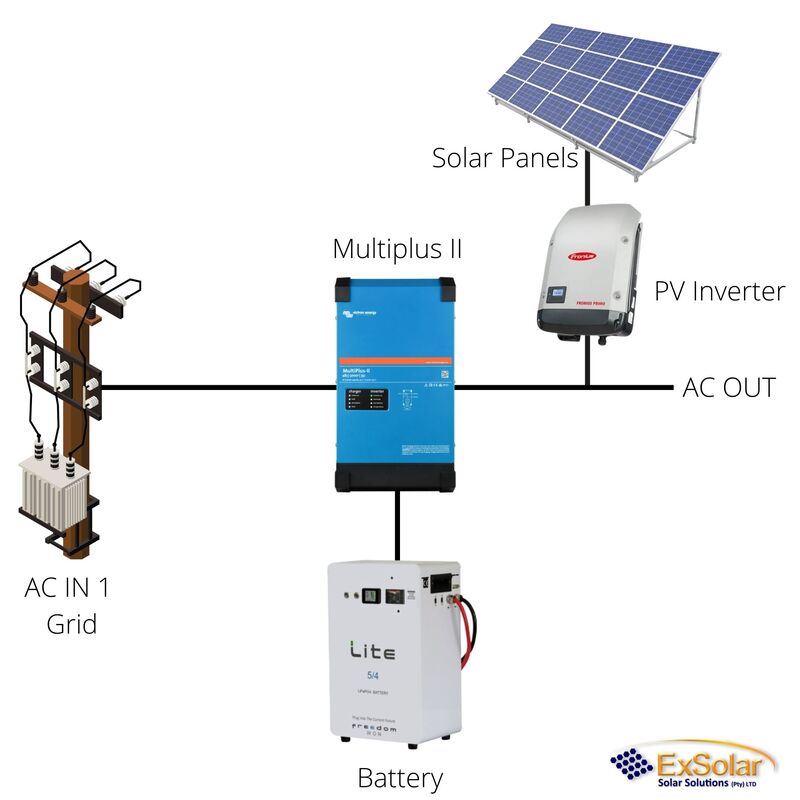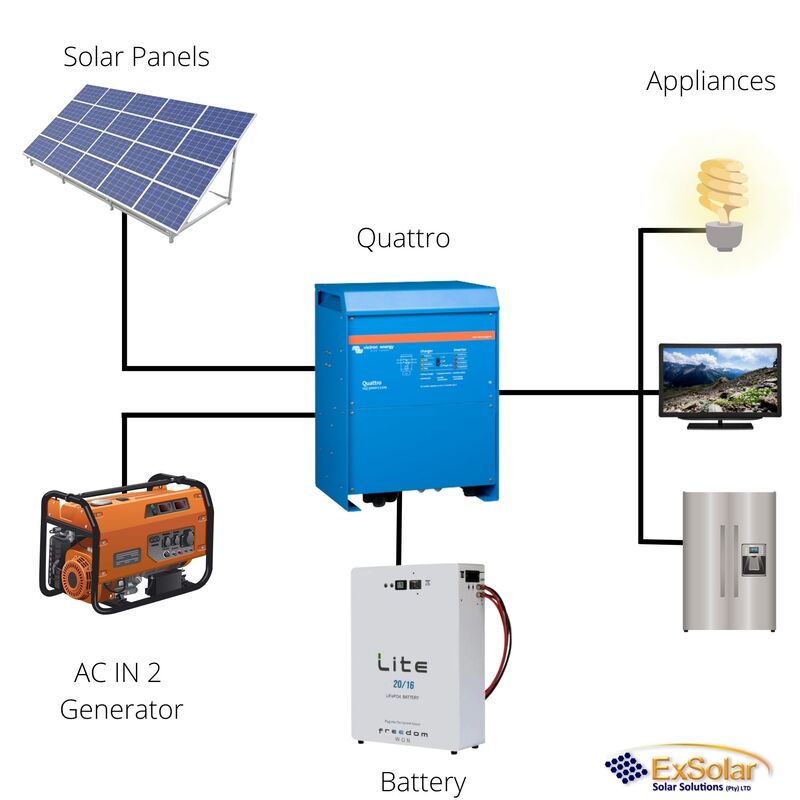Off Grid vs. Grid Tied
What is the difference between off-grid/stand alone and grid-connected systems?
Off-grid PV systems aren’t connected to the local utility’s electricity network. They’re more common in remote locations where it’s expensive to hook up to the utility grid. Grid-connected systems are more common in cities and suburbs. Grid-connected systems feed excess electricity you produce into the grid and draw electricity from the utility when the sun isn’t shining or when you need more energy than you’re creating.
Off-grid PV systems aren’t connected to the local utility’s electricity network. They’re more common in remote locations where it’s expensive to hook up to the utility grid. Grid-connected systems are more common in cities and suburbs. Grid-connected systems feed excess electricity you produce into the grid and draw electricity from the utility when the sun isn’t shining or when you need more energy than you’re creating.


